
Cat-tagonal House: A Residence for Cats and Humans Living Together
Pets have been an integral part of many families. They’re often treated like children that deserve utmost care and attention. For the owner of Cat-tagonal House, the needs of their cats should also be considered for the design. B.U.S Architecture has designed several houses accommodating cats, including this residence located in Yongin, South Korea.

In the Cat-tagonal resides two cats, named Mango and Tango, and two humans. The architect and the client have discussed the possible conditions in which cats and humans can live together from the beginning of the design. Based on experience, the architect learned that it was impossible to specify each cat’s behavior from a singular or universal perspective. “However, I tend to listen seriously to the ’cat servants’ story who understands the cats well through a long-standing relationship, and this process was also applied in the Cat-tagonal House,” the architect adds.
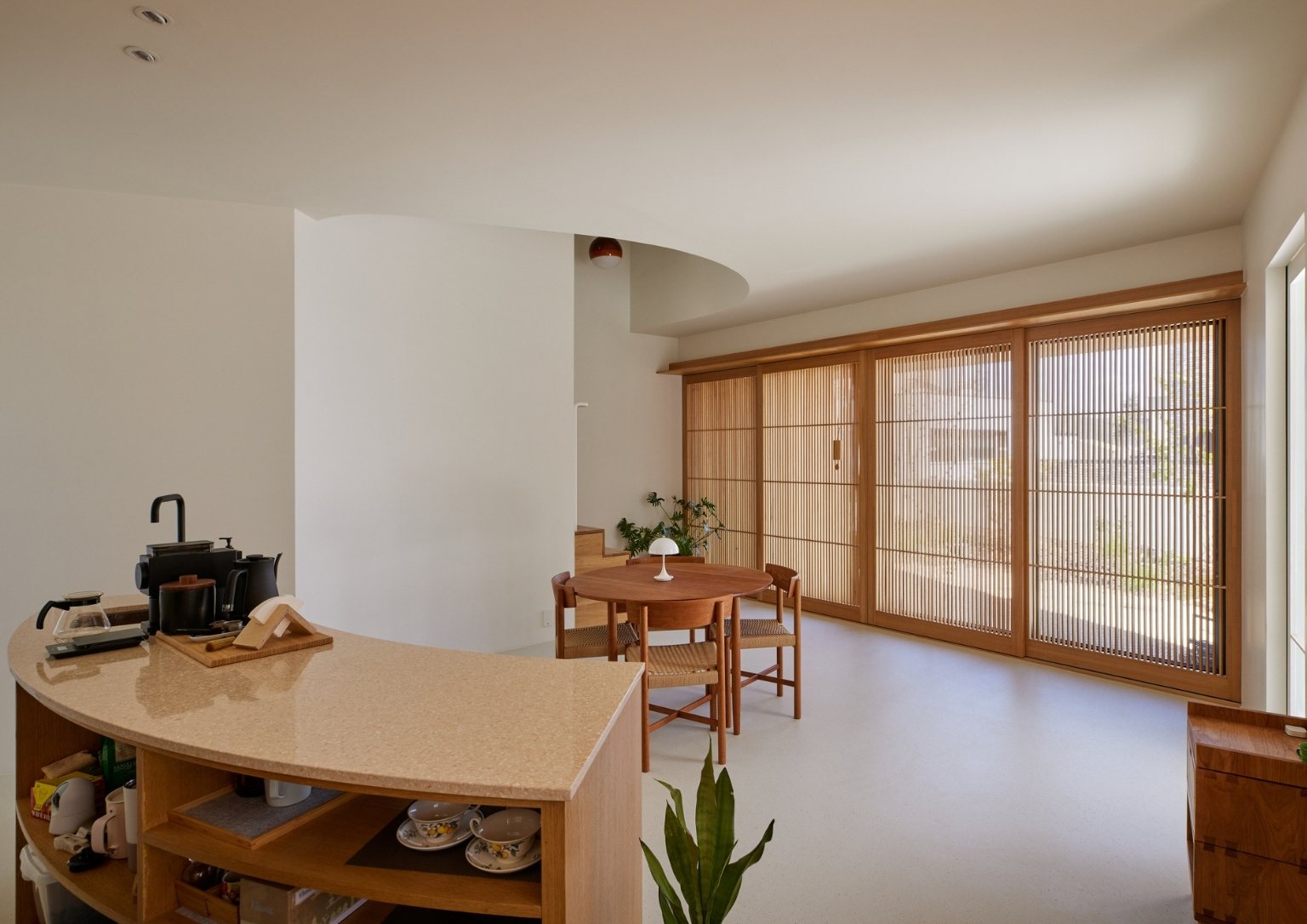
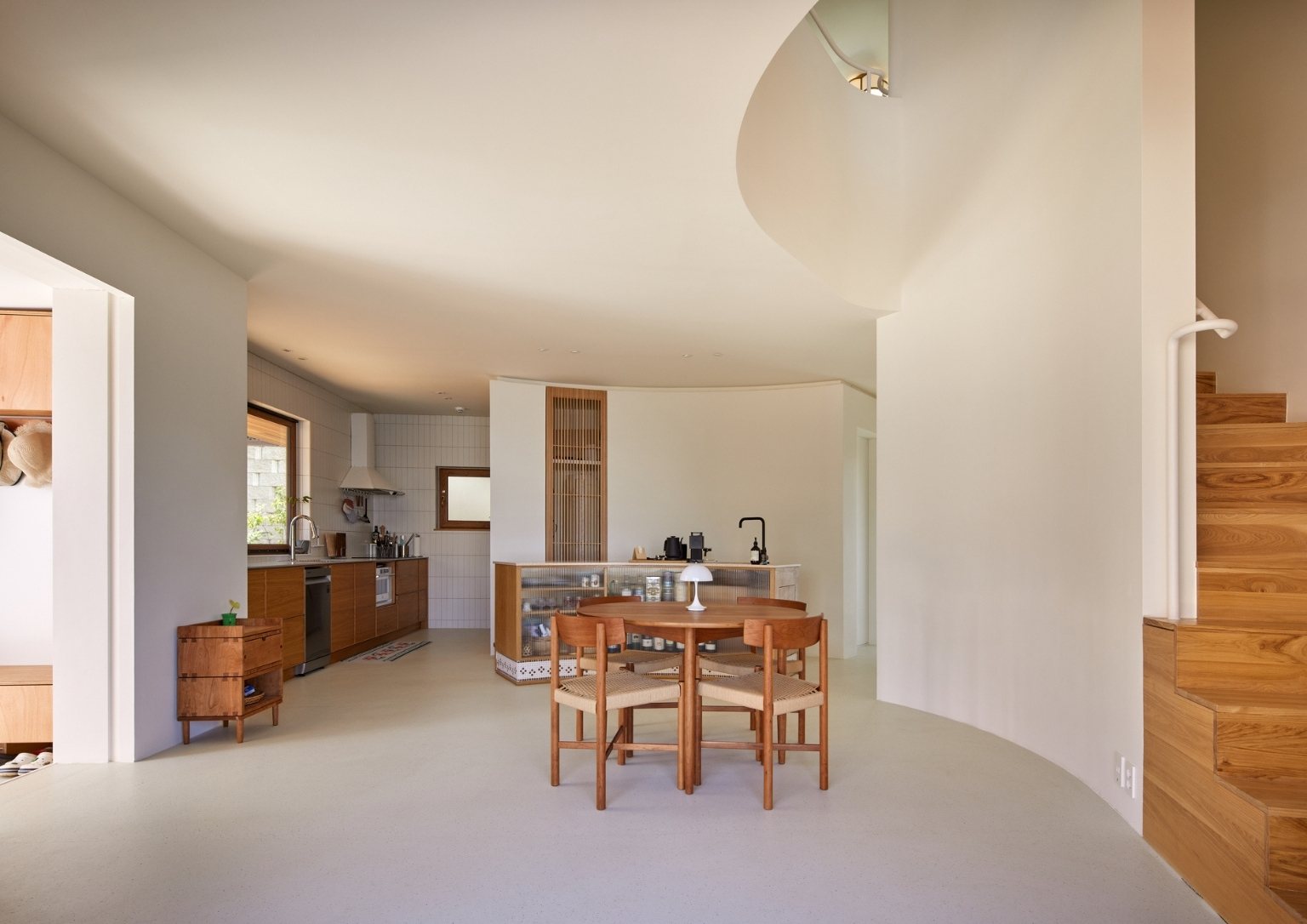
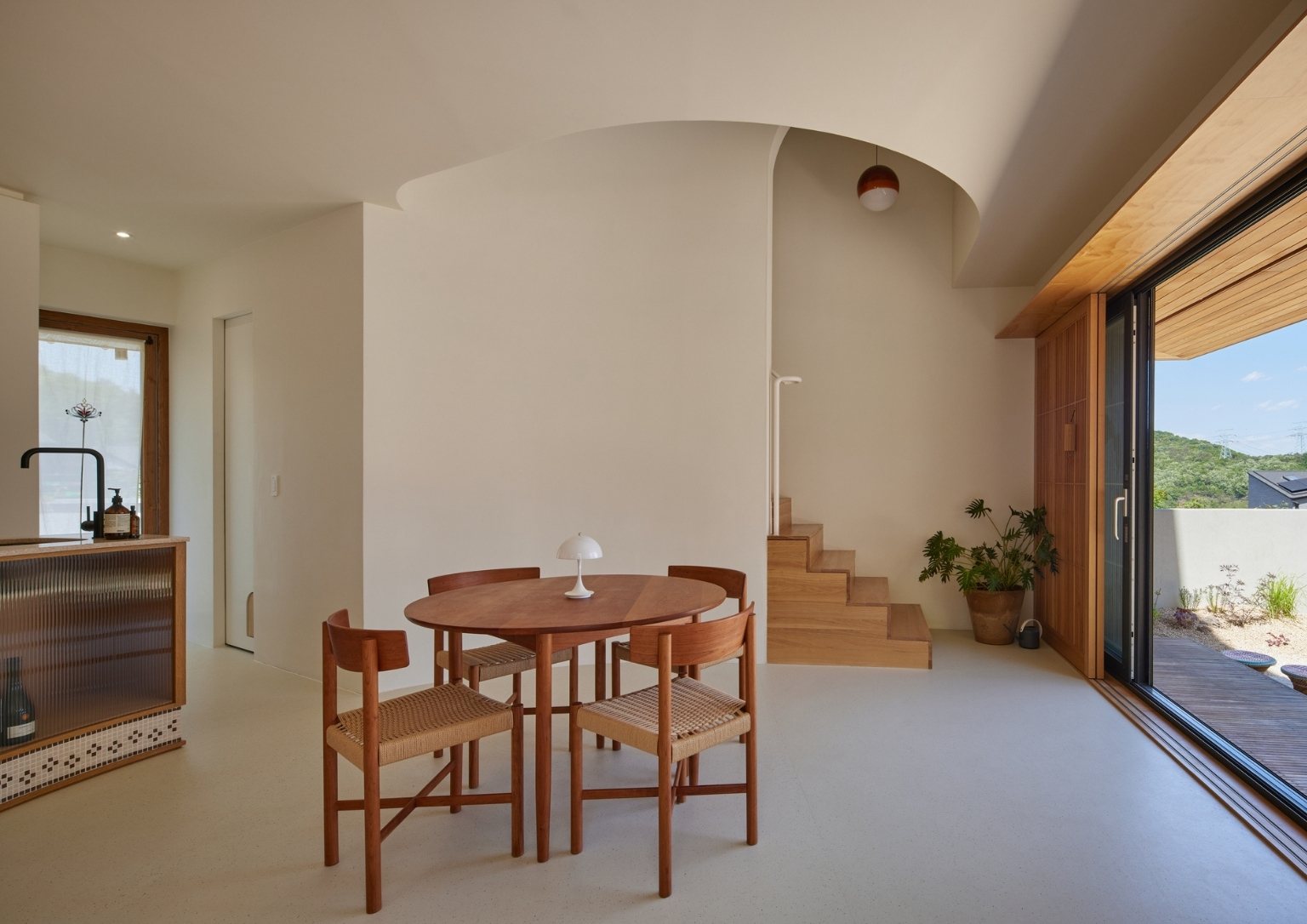
Given the differences in individual characteristics, creating a dedicated toilet for the cats and a dressing room with limited cat access to block cat fur is the minimum condition essential for a cat living with a human.
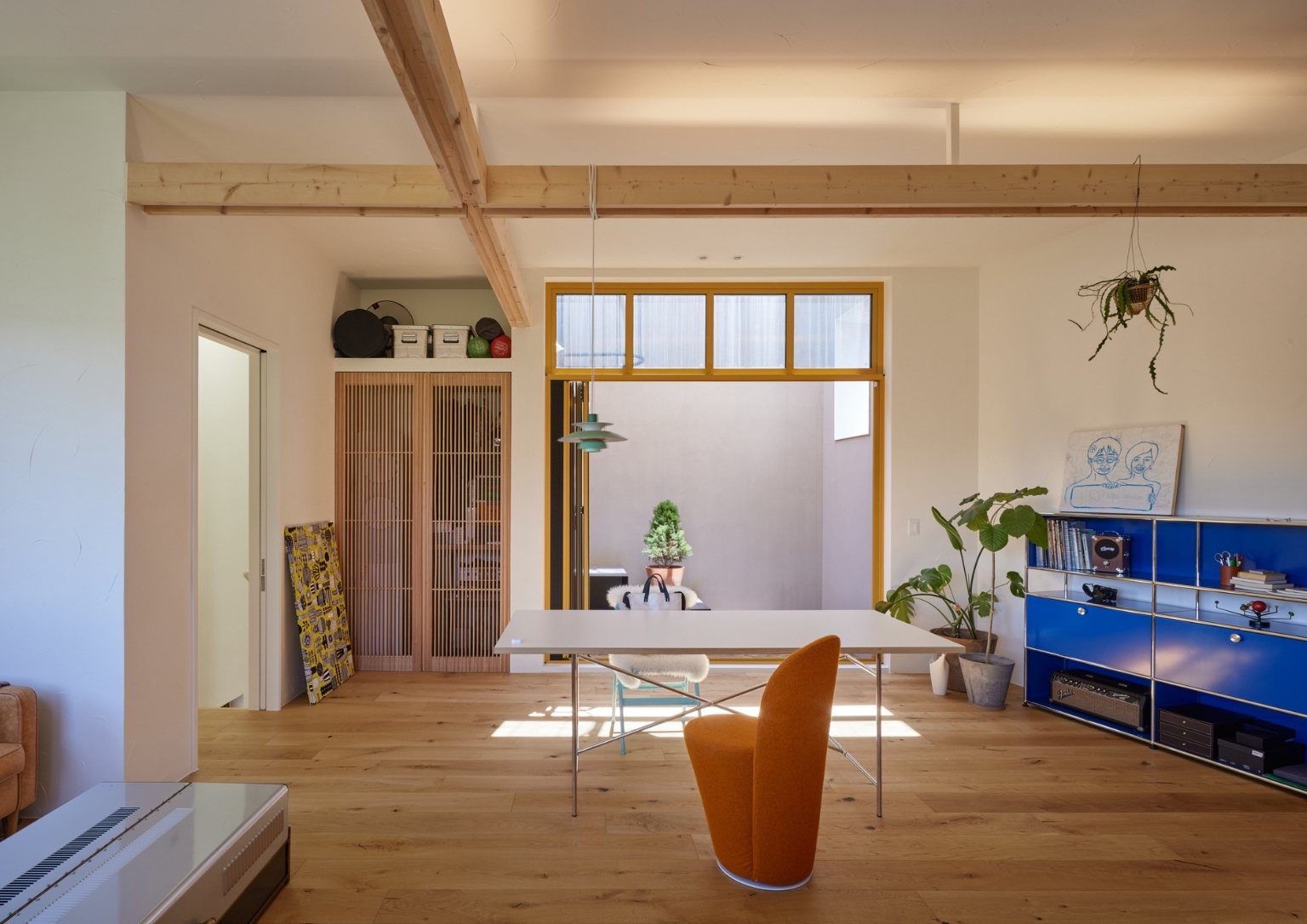

The architect placed a window at the eye level of Mango and Tango to let them face the yard safely. A wooden sash window behind a large window, meanwhile, gives the cats access to the yard. “But the unexpected behaviors that cats sometimes show also taught us that cats never behave as we believe. In the end, we reconfirmed that a good place for humans to live is also suited to cats,” the architect explains.

Another thing that makes this residence unique is having a pentagon plan. Since the corners of a pentagon are obtuse, traditionally, the lack of right angles in any corner of the house will give the idea that a lot of space is wasted. The architect, however, explained that the choice of creating obtuse corners in the small house is the look of softly open ends.

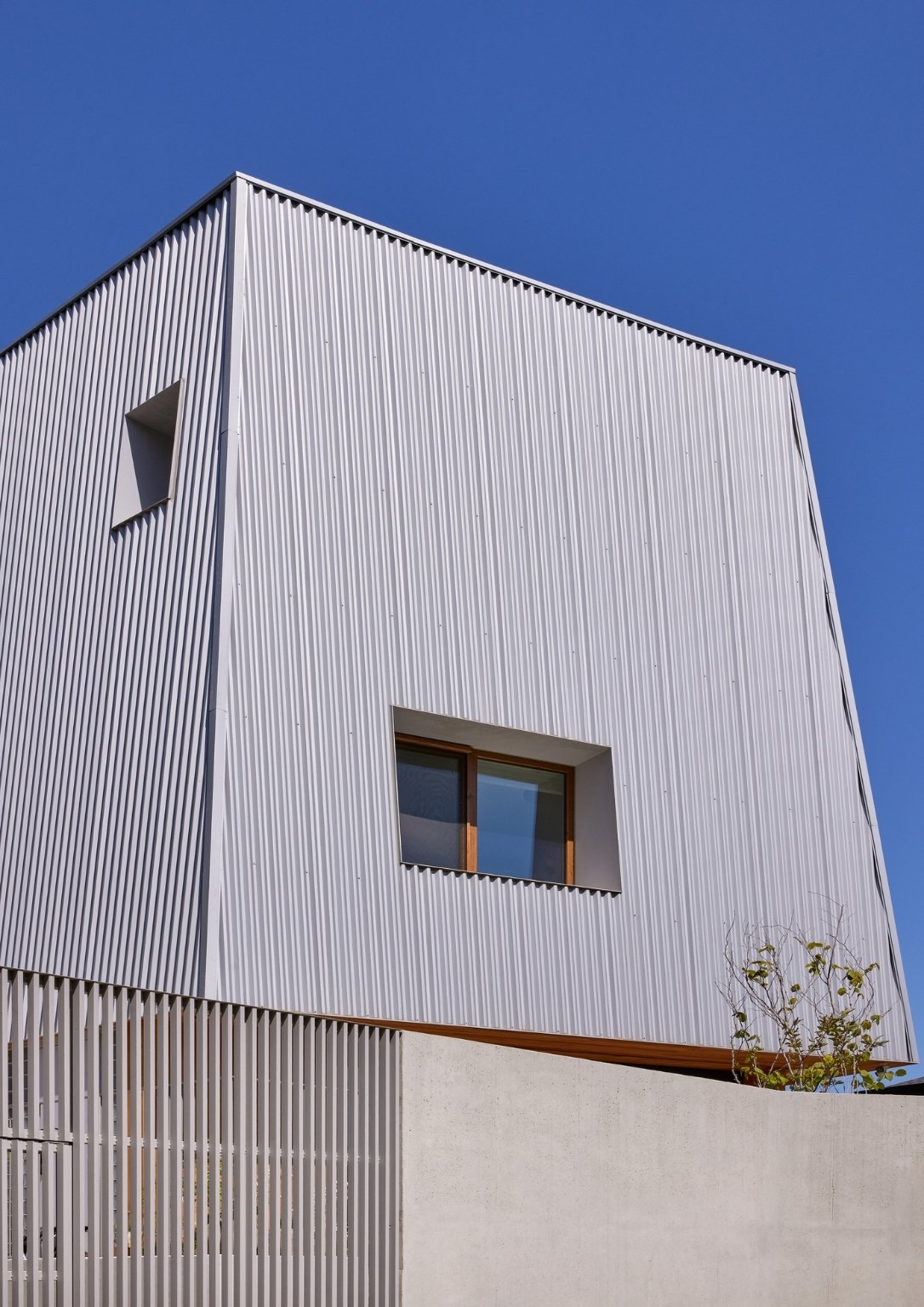

“I think this is a handy way to replace a single house which is always in contact with the ground, such as a tard, with a continuous experience connected with the land,” says the architect. The owners also wanted to use the exterior space for various subdivided purposes instead of a single integrated yard. The pentagon shape of the house helped in dividing the yard.

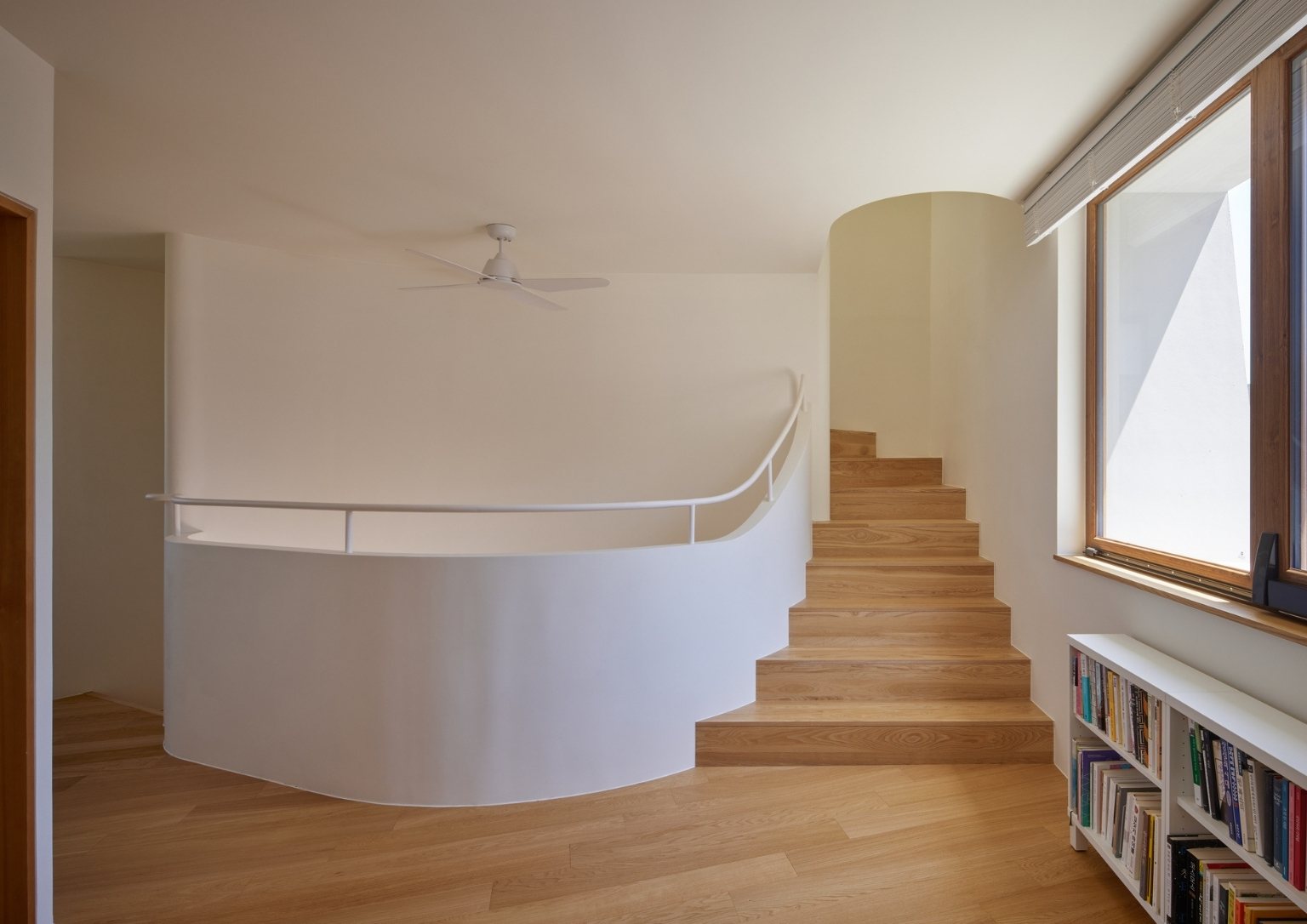
The interior features round stairs. Each floor is linked evenly surrounding the pentagon. The stairs connecting the corners of the obtuse angle are continuous with a curved wall that gently joins these points. The end of the curved staircase is not visible at the beginning. This makes the intensity of the natural light flowing down the stairs change every moment depending on the location of the sun.
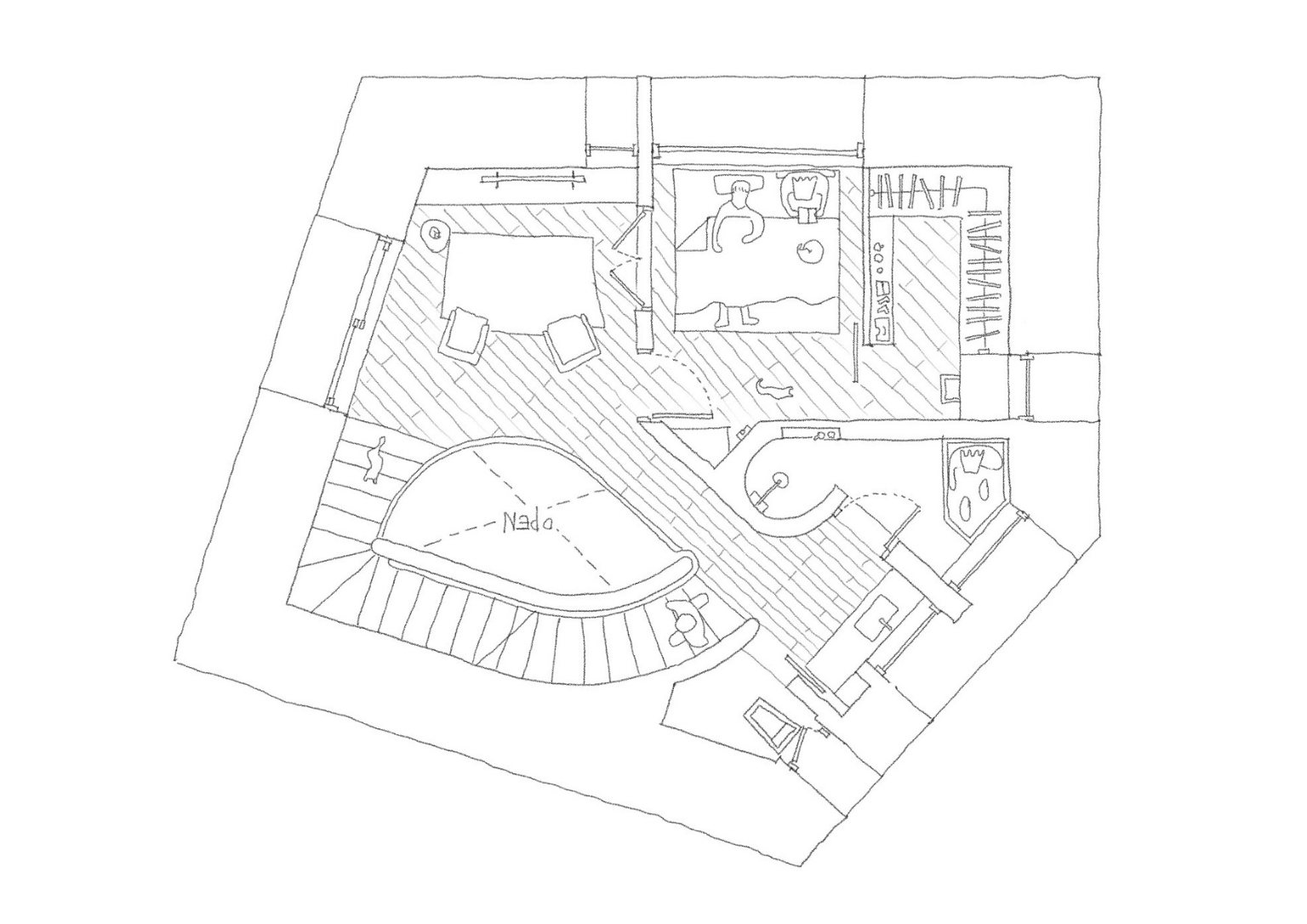
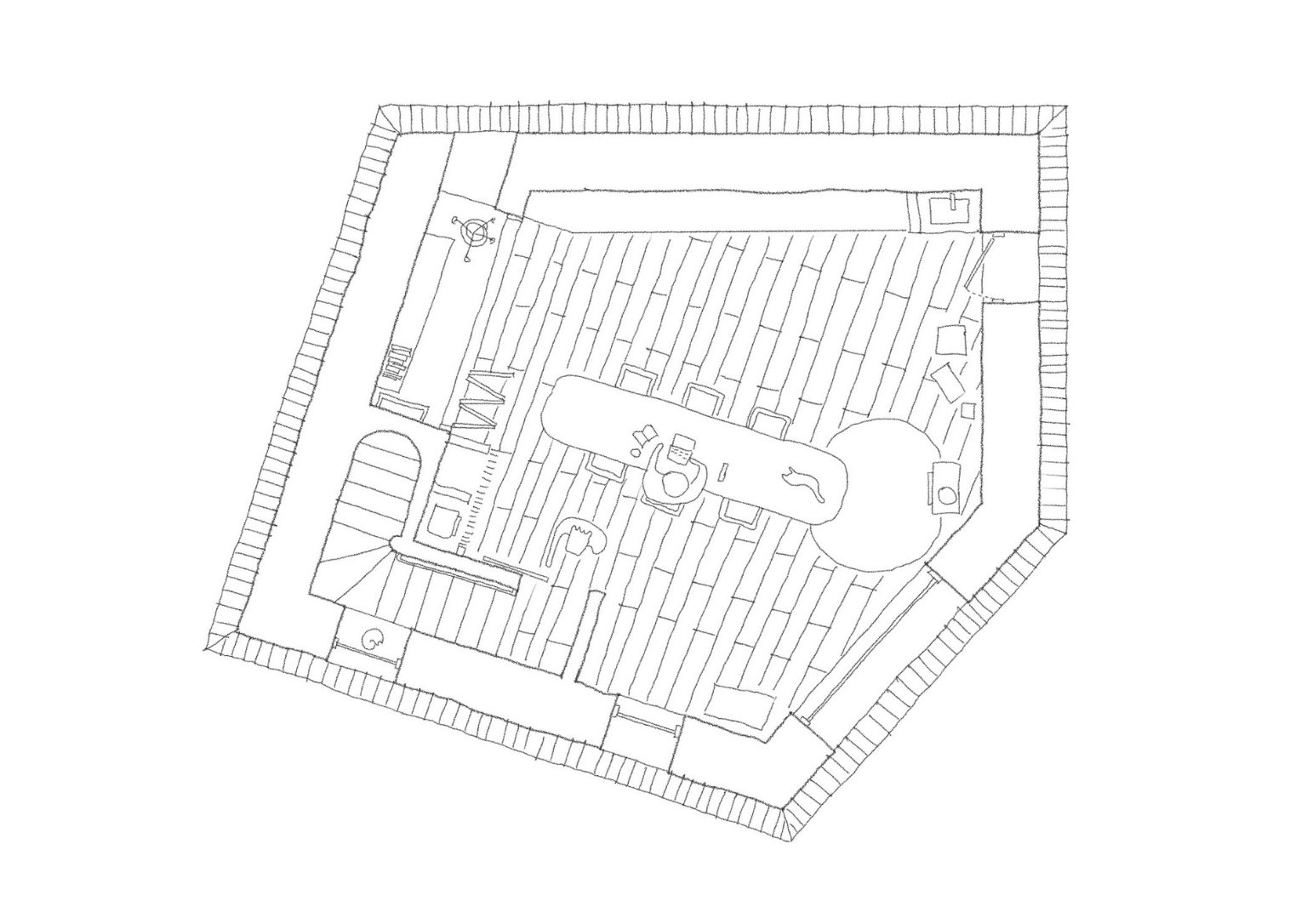
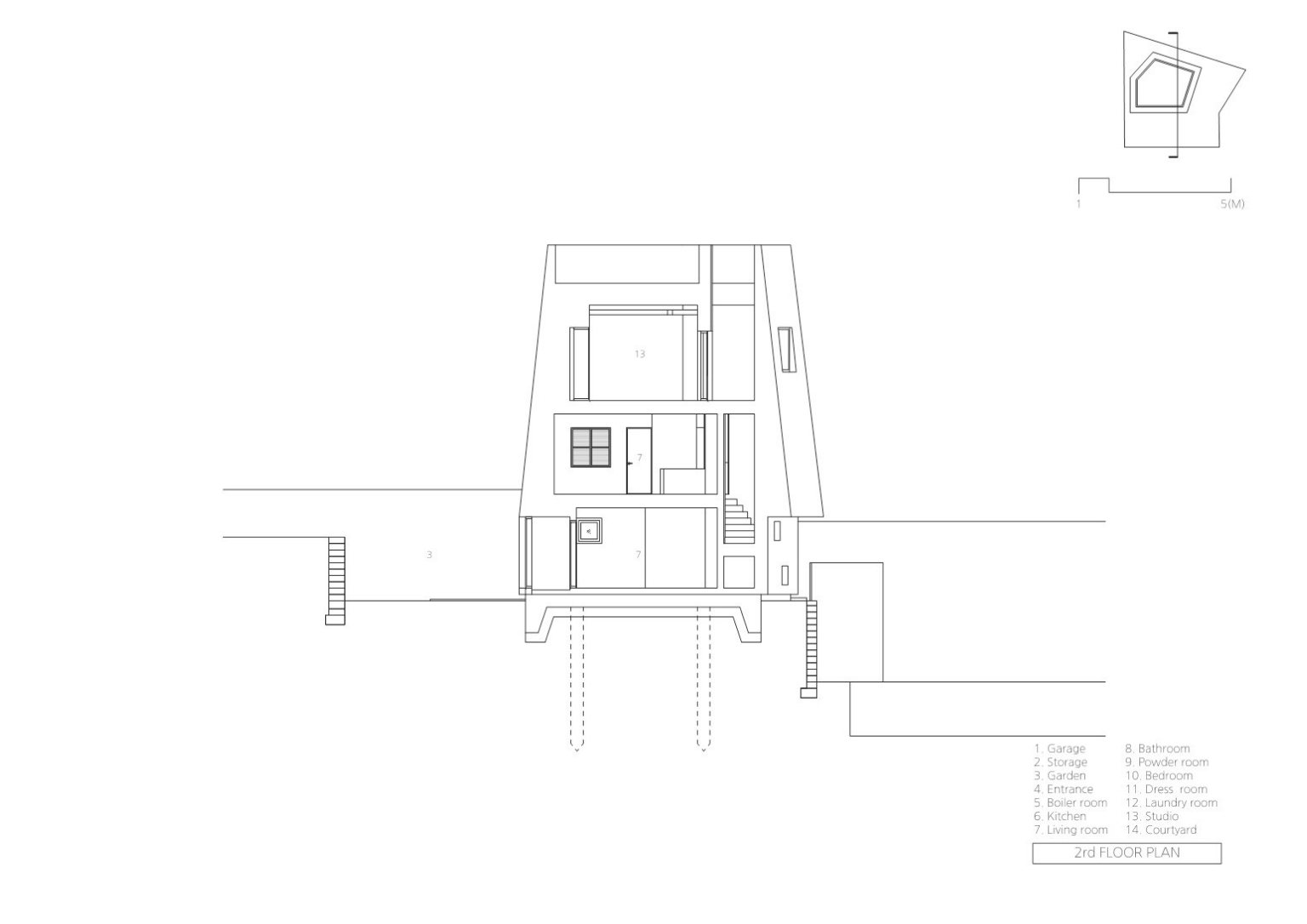
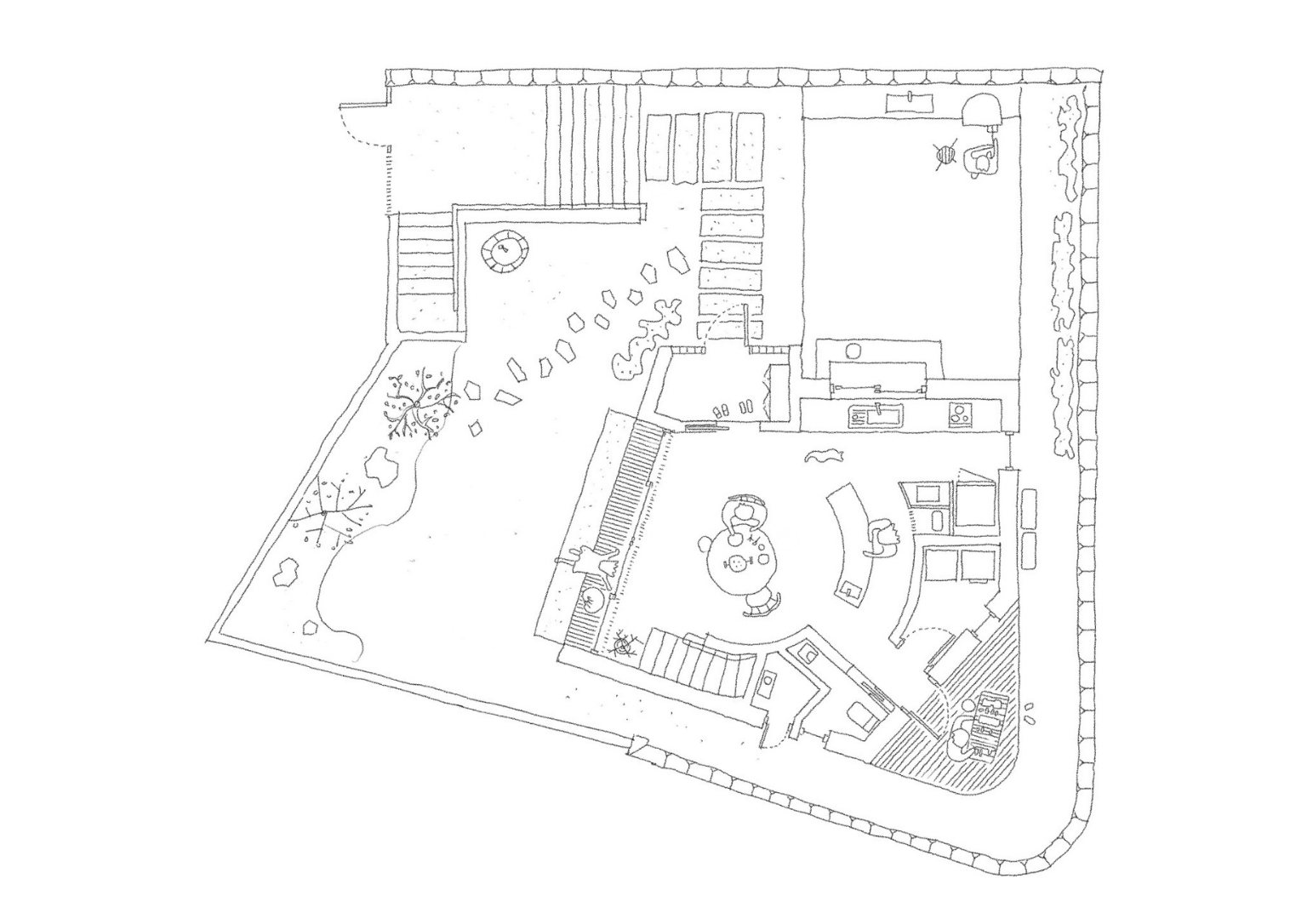
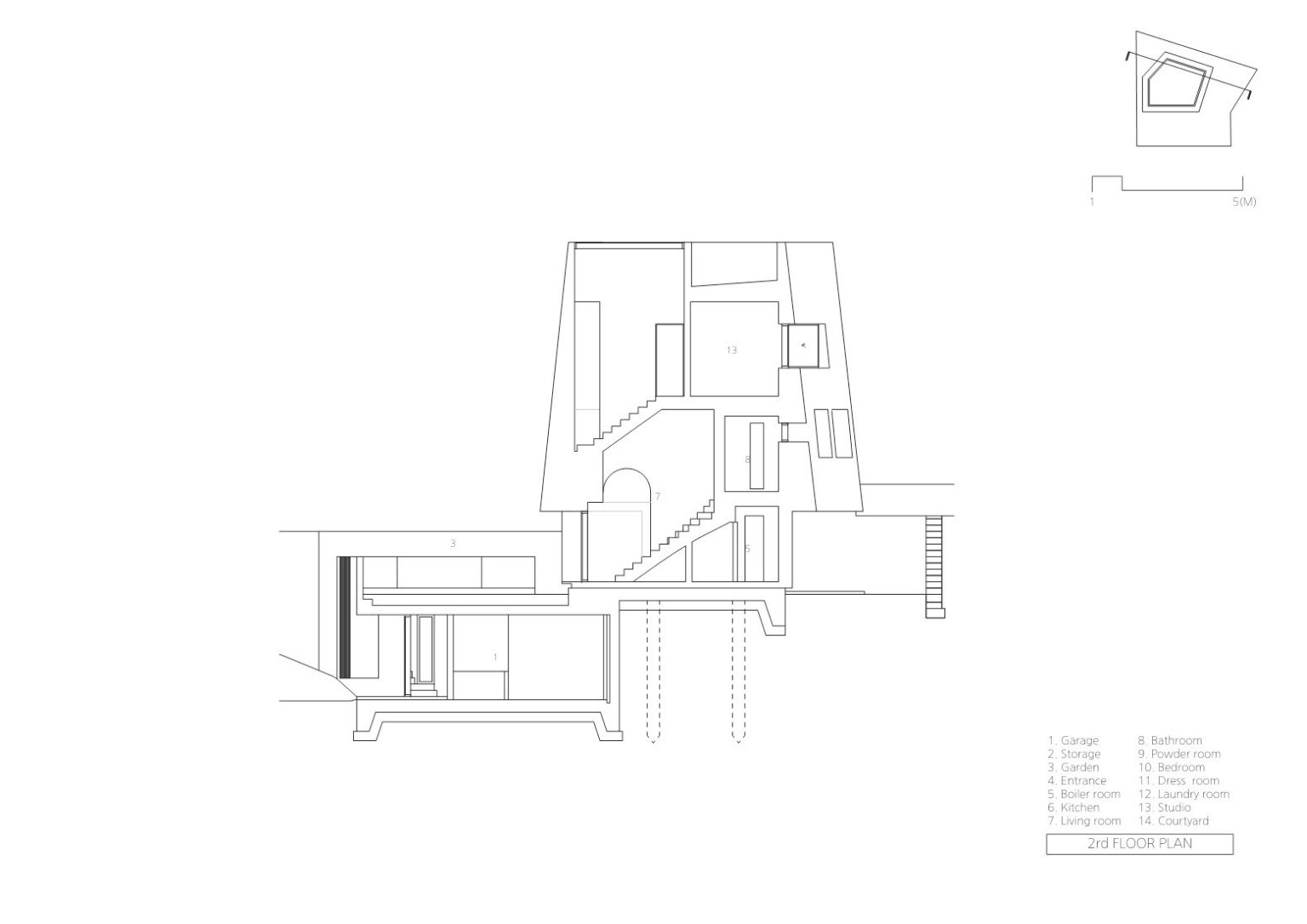

“The most elegant moments of the house would be where we felt the soft texture of the walls colored by the light pouring down the stairs,” the architect shares.
Photos by Roh Kyung


